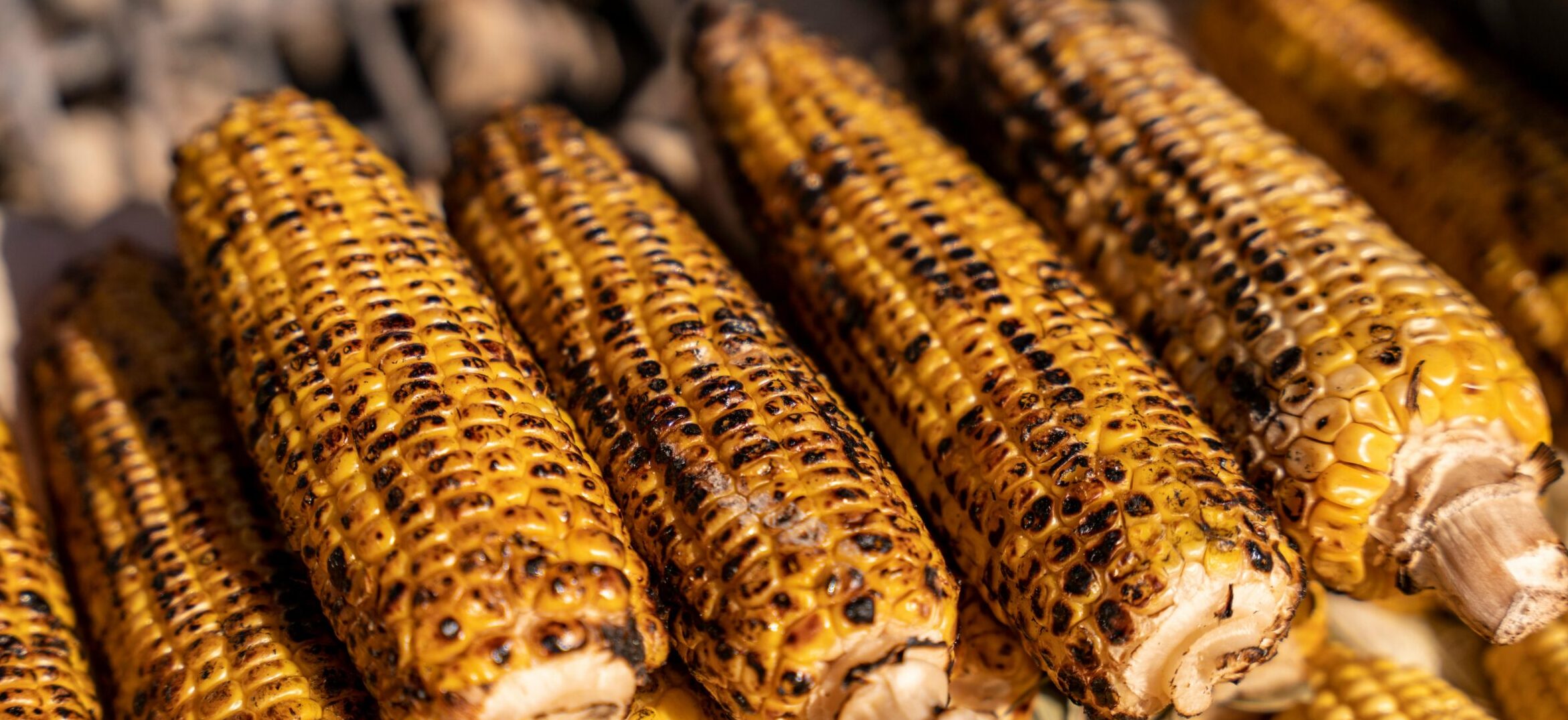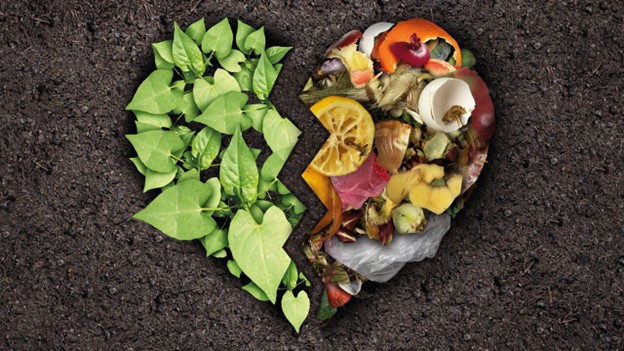Welcome, fellow green thumbs and guardians of health! Today, we embark on a delightful journey into the garden, where the vibrant hues of vegetables beckon with promises of nutrition, joy, and the magic of growth. As a nurse deeply rooted in the wellness of families, I’ve seen firsthand the power of involving kids in the cultivation of their food. It’s a journey that transforms “Eat your greens” from a dinner table standoff into a treasure hunt in the backyard. Let’s dive into a world where vegetables become the stars of the show, captivating the hearts and taste buds of our littlest eaters.
The Magic of the Garden
Gardening is not just about planting seeds; it’s about sowing the seeds of healthy eating habits and nurturing a connection with nature. When children get their hands dirty in the garden, they’re more likely to be curious about the fruits (and vegetables!) of their labor, making them more inclined to taste, enjoy, and love their greens.
Vegetables Kids Love to Grow (and Eat!)
When it comes to engaging kids in the garden, choosing the right vegetables to grow is key to sparking their interest and developing their love for healthy eating. Vegetables that are not only fun to grow but also delicious to eat can turn gardening into an adventure and healthy snacking into a joy. Let’s delve deeper into the world of vegetables that kids adore, both for their gardening journey and their taste buds.
- Cherry Tomatoes are like nature’s candy, offering little bursts of sweetness that are irresistible to children. Their rapid growth and prolific nature provide instant gratification for young gardeners, keeping their interest piqued throughout the growing season. The excitement of watching the tomatoes transition from green to a bright red or yellow is a delightful experience, and the reward of popping a sun-warmed cherry tomato into your mouth straight from the vine is incomparable.
- Carrots offer a unique surprise element since you never quite know what’s happening beneath the soil until you pull them up. This mystery makes harvesting carrots a thrilling moment, akin to unearthing buried treasure. The varied shapes and sizes that carrots can grow into add a fun guessing game element to gardening, and their sweet crunch makes them a hit for snacking.
- Snap Peas are a gardener’s dream: easy to grow, prolific, and oh-so-tasty. The vines climb, creating a green curtain filled with hidden treasures. Kids delight in the hunt for the perfect pod, and the reward is a sweet, crunchy snack that epitomizes the taste of the garden. Snap peas also offer a lesson in patience and reward, as children tend to the plants and watch them grow over time.
- Rainbow Chard is a visual and nutritional powerhouse. Its colorful stems and large, nutritious leaves can make any garden or plate look more vibrant. Introducing children to rainbow chard is a fantastic way to broaden their palate, offering a leafy green that is as tasty as it is beautiful. Its mild flavor is more approachable for young taste buds, and the colorful stalks can be used in creative ways to make meals more appealing.
- Pumpkins capture the imagination like no other vegetable. The process of growing pumpkins is filled with anticipation and excitement, from planting the seeds to watching the vines sprawl across the garden. The eventual emergence of pumpkins, growing from tiny buds to large, orange globes, is a rewarding experience for children. Pumpkins also provide a canvas for creativity, from carving for Halloween to baking into pies, making them a versatile choice for young gardeners and chefs alike.
- By choosing these vegetables, parents and educators can cultivate a love of gardening and healthy eating in children. Each plant offers its own unique set of lessons, from the patience required to grow a pumpkin to the instant gratification of snacking on a cherry tomato. Together, they make the garden a place of discovery, joy, and healthy indulgence.
Microgreens: A Parents Secret Weapon
Microgreens, the tiny but mighty heroes of the vegetable world, offer a fun, fast, and versatile gardening experience that’s perfect for engaging kids and enhancing meals with a nutritional punch. These miniature greens, harvested just after the first true leaves appear, pack a flavorful and nutrient-dense profile that can invigorate any dish, from salads to sandwiches, and even smoothies.
The beauty of microgreens lies in their simplicity and speed. With a growth cycle of just 1-3 weeks, they provide almost instant gratification for young gardeners, sparking excitement and a sense of achievement. This quick turnaround is especially appealing to children, keeping their interest alive and kicking as they watch the rapid transformation from seed to edible greens. It’s a fantastic way to introduce kids to the joys of gardening, teaching them about the lifecycle of plants in a condensed, easy-to-understand manner.
Microgreens can be grown from a variety of seeds, including popular choices like radish, kale, arugula, and broccoli, each offering its unique flavor and nutritional benefits. The process of growing microgreens is simple enough for children to take the lead, from sprinkling seeds on moist soil to misting them lightly and watching them sprout. This hands-on activity not only fosters a connection with nature but also encourages healthy eating habits.
While microgreens are a delight to eat fresh and whole, some varieties may develop a slightly stringy texture as they grow. In such cases, a quick chop is all it takes to make them more palatable and easier to sprinkle onto dishes. This adaptability adds to the appeal of microgreens, allowing them to be thrown onto almost anything for a quick nutritional boost and a burst of color.
Incorporating microgreens into meals is a creative and enjoyable way to enhance dishes with fresh flavors and vital nutrients. Whether it’s topping off a pizza, adding a fresh twist to a favorite sandwich, or blending into a morning smoothie, microgreens are a fun, fast way to elevate everyday eating. For kids and adults alike, growing and enjoying microgreens is an adventure in gardening and gastronomy, proving that great things indeed come in small packages.
Nurturing Your Garden
Creating a child-friendly vegetable garden doesn’t require vast amounts of space. Whether it’s a raised bed, containers, or a small plot in the yard, the key is to make it accessible and engaging for kids. Use colorful plant markers, involve them in watering, and celebrate each growth milestone. Remember, the goal is not just to grow vegetables but to cultivate joy and curiosity.
Overcoming the “Yuck” Factor
Overcoming the “Yuck” Factor in children’s diet, especially when it comes to incorporating healthy foods, can be a playful yet educational journey. One delightful ally in this adventure is dark chocolate, known not just for its rich, luxurious taste, but also for its heart-healthy benefits. The key lies in choosing dark chocolate with a high cocoa content (70% or higher), which is rich in antioxidants, specifically flavonoids, known to support heart health by improving blood flow and lowering blood pressure.
Introducing dark chocolate to kids as a healthy treat can transform their perception of nutritious foods from “yuck” to “yum.” When paired with fruits such as strawberries or bananas, dark chocolate makes for an enticing snack that’s both delicious and beneficial. This not only helps in gradually refining their taste preferences towards healthier options but also educates them on making balanced food choices.
Incorporating small amounts of dark chocolate into healthy snacks or desserts can serve as a gateway to appreciating the natural sweetness and flavors of whole foods. It’s a creative strategy to enhance dietary habits, making the path to overcoming the “yuck” factor a joyous, heart-healthy adventure. Through such mindful introductions, children learn that nutritious eating can indeed be delightful and delicious.
The Health Benefits Unearthed
Beyond the joy and wonder of gardening, there are profound health benefits. Fresh, homegrown vegetables are packed with essential vitamins, minerals, and fiber, supporting physical growth and development. Moreover, the physical activity of gardening promotes a healthy lifestyle, balancing the sedentary tendencies of modern life.
Cultivating a Future of Healthy Eaters
As we wrap up our journey through the garden, it’s clear that the act of growing vegetables with children is about so much more than just food. It’s about instilling a love for nature, nurturing healthy eating habits, and creating memories that will last a lifetime.
Join Our Community
If you’ve been inspired to don your gardening gloves and embark on this green adventure with your kids, I invite you to join our community. Subscribe to our weekly newsletter for more insights, tips, and recipes that celebrate the joy of healthy eating and living. Together, let’s cultivate gardens and habits that flourish, bringing wellness and happiness to our families tables.
Let’s turn “Eat your greens” into a chorus of excitement and discovery, where every meal is a reflection of the love and learning that grows in our gardens. Subscribe now, and let’s nurture the seeds of health and joy in the hearts of our children.










